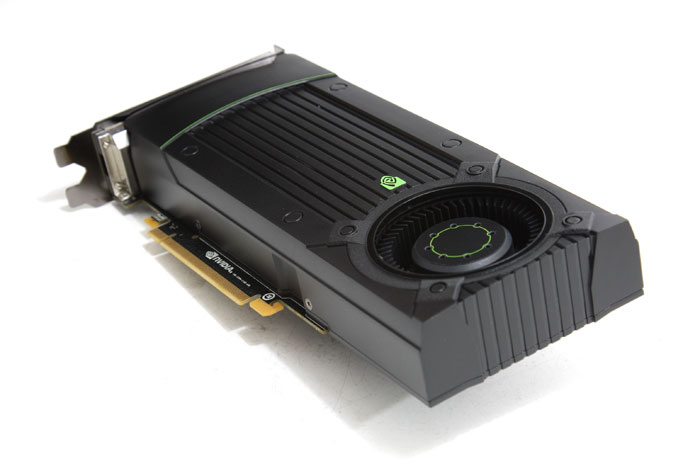Final words and conclusion
Final words and conclusion
NVIDIA is steadily hammering the enthusiast level series 600 graphics card shut and with the GTX 670 they certainly have a nice product at hand. Quite honestly it's the product that a lot of you have been waiting for.
The card is a very nice performer absolutely capable for 1920x1080/1200 and the newest games, which is the sweet spot these days and really, performance is not that far off from the GTX 680 at all. If we look at the Radeon 7970 series we also see that most of the time the GTX 670 definitely is the stronger product (with an exception here and there). So from the single GPU performance versus product point of view the GTX 670 manages to do really really well.
When you have the GeForce GTX 670 reference card in your hands it does feel a tad cheaper though, the cooler feels and is very plastic and the sheer weight is so much lighter then the GTX 680. At roughly 77 Degrees C the cooling performance is sufficient, not perfect though. The reference cooler however is a tad more noisy compared to the GTX 680 and makes a low-noise hum. It's not irritating or annoying, but sure, you can hear it in the background noise.
That said it's very impressive to see the GK104 perform as it does, it really is in the most upper range of current high-end performance.

Overall the card is just golden for the 1920x1080 and 1920x1200 monitor resolution, there's not a game out there that it can't deal with at resolution. Anno 2070 at the best quality settings and 4xAA pushes 75 frames per second on average at 1920x1200, and still 48 fps at 2560X1600. In Crysis 2 we end at an average of 59 FPS in 1920x1200 with Ultra quality settings and that high resolution texture package and 4x AA.
Battlefield 3 is another example, with all eye candy opened up in game and again at 4xAA the card still pushes 55 FPS at 19x12 and that is just a couple of frames per second away from the GTX 680.
So while this product might have once shader cluster less, really the performance remains exceptionally good. The lower default base clock frequency made us wonder if the performance would crash, but once the dynamic clock aka turbo kicks in, the card easily passes the 1000 MHz again, a little trick that seems to really work out for NVIDIA.
Interesting to see is overclocking, the two 6-pin PEG power connectors indicates that the power circuitry can handle less tweaking wise. Still another 150 MHz was easily added to the baseclock and then the Dynamic Clock Adjustment technology kicks in, resulting in 1200+ MHz on the core clock where applicable. The 9600 3Dmark 11 P score is certainly testimony of the fact that the card can take a decent overclock. It will be interesting to see what the board partners will do in terms of custom PCBs, VRMs and cooling solutions (and then again check out tweaking capability).
The peak heat levels can close in towards 75 Degrees C. That's perfectly fine within the thermal design of the card. But we prefer cards under load to remain under 70 Degrees C, albeit that is a bit of a personal preference. We did notice that the cooler exhausts lots and lots of hot airflow, as such the card produces a lot of heat. No biggy as the cooler design is not exhausting or leaking hot air inside the PC.
The noise levels -- they are okay but as stated you can hear a low hum coming from the cooler. In desktop and idle mode you will not hear the card, it really is silent. Under hefty gaming load however you will be able to hear the product. We rated the card at 42~43 DBa (including background noise). That however is a normal noise level, which means you can hear the card, but not at annoying levels or anything like that.
So with all that said it's time to wrap up the review and dive into the conclusion. We definitely like the GeForce GTX 670, we stated it in the GTX 680 review already; it is quite amazing what NVIDIA is able to do with the GK104 which we still think was intended to be the mid-range chip.
Cutting away one shader cluster (SMX) and lowering the core GPU clock frequency remains a bit of a paradox as the card remains to be very fast. The tests have shown it, it's at best 10% away from the GTX 680 so that makes it a really good position to be in.
The most most defining factor for any high end range product is as always pricing though, currently the indication for the GeForce GTX 670 2 GB is around the 399 USD marker. Prices in the EU are 329 EUR Ex VAT, so here in the Netherlands that would be 390 EUR in the initial launch phase. We feel that is a lot yet a fair amount of money for what you are purchasing.
- Leave/read comments on this product
- Sign up to receive a notice when we publish a new article
- Or go back to Guru3D's front page
